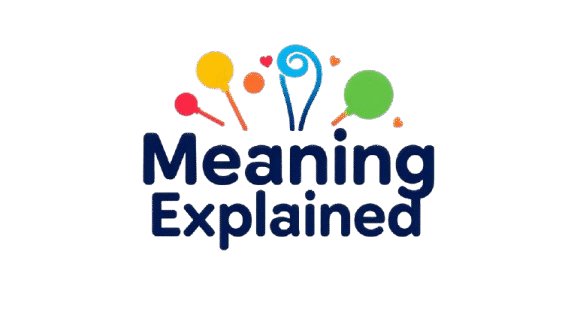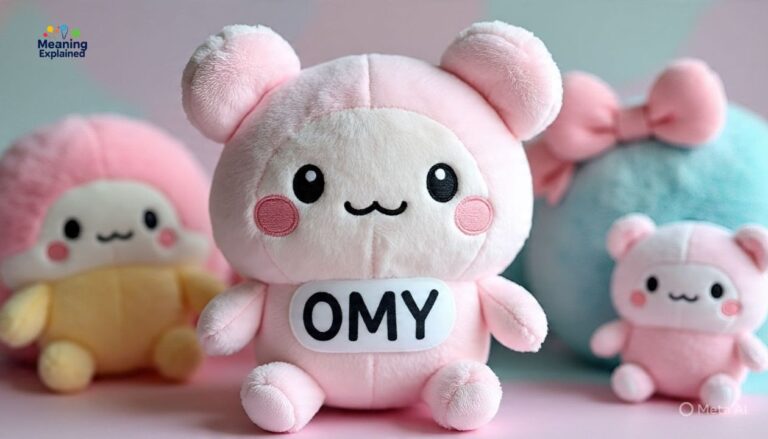When you encounter OMY in digital conversations, understanding its meaning can enhance your communication skills.
This comprehensive guide explores every aspect of OMY, from its basic definition to sophisticated alternatives that match different conversational contexts.
1. What Does “OMY” Stand For?
OMY serves as a versatile abbreviation in modern digital communication. While not as universally recognized as acronyms like LOL or BRB, it carries specific meanings depending on context.
The primary interpretations include:
- “Oh my.” This represents the most common usage – a gentle exclamation expressing surprise, mild shock, or pleasant reaction. It functions as a softer alternative to stronger expressions.
- “On my.” Less frequently, OMY appears as shorthand in phrases like “on my way,” though this usage remains relatively uncommon in standard texting.
- Domain or brand references. Some platforms use OMY in their naming conventions, though these instances fall outside typical conversational usage.
In everyday digital communication, OMY primarily functions as “oh my” – conveying emotional reactions without excessive emphasis. It creates a middle ground between complete silence and more dramatic expressions.
Why People Use “OMY”
Digital communicators choose OMY for several practical reasons:
- Efficiency in typing. The three-letter combination requires minimal keystrokes while conveying clear emotional response. Modern communication values speed and brevity.
- Emotional moderation. OMY provides emotional expression without appearing overly dramatic. Some users find stronger exclamations too intense for casual conversations.
- Autocorrect friendliness. Unlike some internet slang, OMY rarely triggers unwanted autocorrect changes, maintaining message clarity.
- Conversational flow. The abbreviation maintains dialogue momentum while acknowledging received information or expressing appropriate reaction.
2. When “OMY” Isn’t Enough: Alternatives by Tone
Different conversations require varied expression levels. Professional settings, casual friendships, and formal communications each demand appropriate language choices that match the context and relationship dynamics.
2.1 Polite Expressions
Polite alternatives work best when maintaining courtesy remains priority. These expressions show consideration while expressing genuine interest or mild surprise.
- “How wonderful!” Conveys pleasant surprise with warmth. Use when someone shares positive news or achievements that deserve recognition.
- “That’s delightful.” Expresses genuine appreciation with sophisticated undertones. Perfect for responding to creative work, thoughtful gestures, or unexpected kindness.
- “I’m quite impressed.” Shows measured admiration while maintaining professional courtesy. Ideal for acknowledging effort, skill, or thoughtful preparation.
- “How thoughtful of you.” Recognizes consideration and care in others’ actions. Works well when someone demonstrates attention to detail or personal concern.
2.2 Professional Expressions
Professional environments require language that conveys competence, respect, and appropriate emotional response without compromising authority or credibility.
- “That’s outstanding progress.” Acknowledges achievement while maintaining professional standards. Use in project updates, milestone celebrations, or performance recognition.
- “I appreciate this development.” Shows gratitude while maintaining formal tone. Suitable for business correspondence, client communications, or team updates.
- “This exceeds expectations.” Expresses positive surprise with professional restraint. Perfect for quality assessments, deliverable reviews, or performance evaluations.
- “Very encouraging results.” Conveys optimism with measured enthusiasm. Ideal for progress reports, market analysis, or strategic planning discussions.
2.3 Casual Expressions
Informal settings allow greater emotional expression and creative language use. Friends, family, and close colleagues appreciate more colorful and enthusiastic responses.
- “That’s absolutely amazing!” Shows high enthusiasm with personal investment. Use with close friends sharing exciting news or remarkable achievements.
- “I can’t even believe it!” Expresses shock with dramatic flair. Perfect for surprising announcements, unexpected outcomes, or impressive accomplishments.
- “So incredibly cool!” Combines admiration with casual language. Works well for creative projects, interesting discoveries, or fun experiences.
- “Mind officially blown!” Conveys extreme surprise with humor. Ideal for unexpected revelations, impressive skills, or remarkable coincidences.
3. Nuances of Tone: Matching Expression to Context
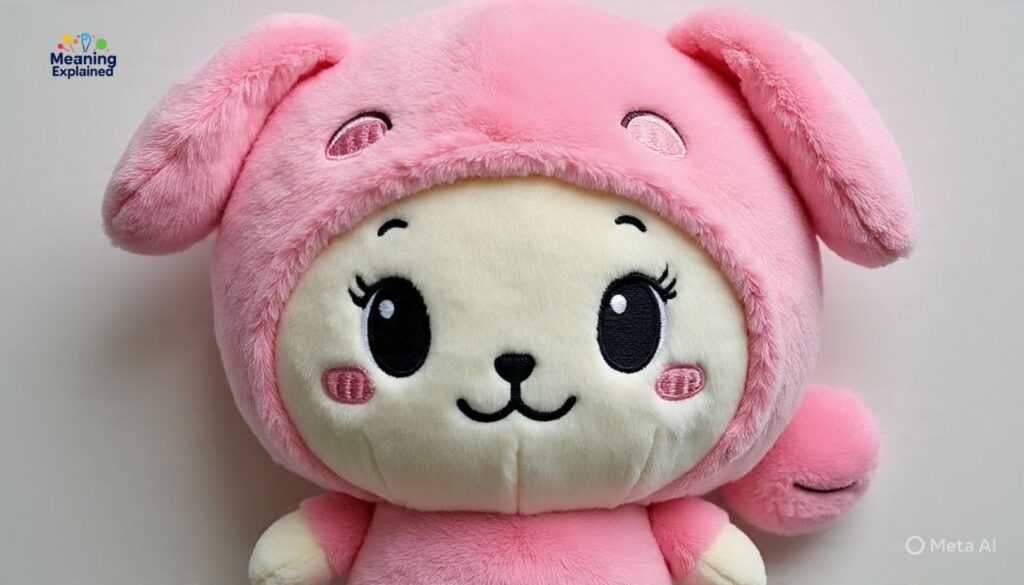
Understanding tonal nuances ensures your responses match both the situation and your relationship with the recipient. Different contexts require different approaches to maintain appropriate communication.
3.1 Politeness vs. Warmth
- Polite responses prioritize respect and consideration. They maintain social courtesy while expressing appropriate reactions. Examples include “How nice” or “That’s quite something.”
- Warm responses invite connection and show personal investment. They demonstrate care beyond basic politeness. Examples include “That’s absolutely wonderful” or “I’m so happy for you.”
The distinction matters because warmth suggests closer relationships while politeness maintains appropriate distance in professional or unfamiliar contexts.
3.2 Formality vs. Informality
- Formal language avoids slang, maintains grammatical precision, and reflects professional standards. It demonstrates respect for business relationships and official communications.
- Informal language embraces casual expressions, emotional freedom, and relaxed grammar rules. It builds personal connections and reflects comfortable relationships.
Choosing incorrectly can damage relationships. Overly formal language with friends seems distant, while casual language in professional settings appears unprofessional.
3.3 Emotion Level
Every expression carries emotional weight that affects message reception:
- Low intensity: “How nice” or “That’s good” – minimal emotional investment
- Medium intensity: “That’s wonderful” or “Very impressive” – moderate emotional engagement
- High intensity: “Absolutely incredible” or “Mind-blowing” – maximum emotional expression
Matching emotional intensity to the situation prevents awkward mismatches where your response seems inappropriate for the news shared.
3.4 Audience Awareness
- Professional audiences expect measured responses that reflect competence and appropriate judgment. Avoid excessive enthusiasm or overly casual language.
- Personal friends appreciate authentic emotional responses that reflect your genuine feelings about their news or achievements.
- Mixed groups require careful balance, typically favoring slightly more formal language that works for all participants.
4. 11 Examples to Replace or Use “OMY”
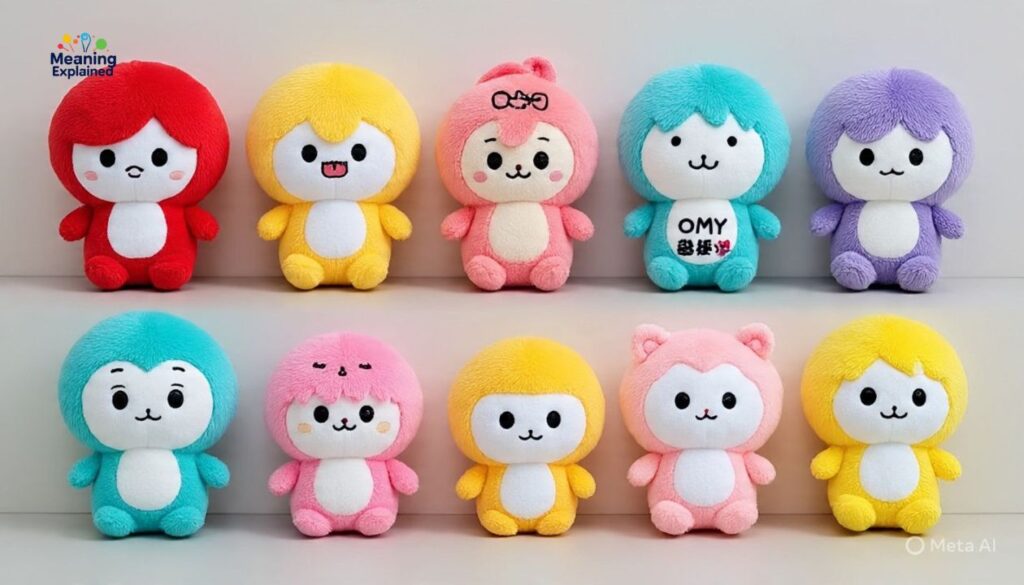
These examples demonstrate OMY usage alongside sophisticated alternatives that enhance communication effectiveness:
- “OMY, your presentation was incredibly well-prepared!” – Casual appreciation
- “OMY, I never expected such detailed analysis.” – Surprised recognition
- Polite alternative: “How impressive your research methodology is.” – Professional acknowledgment
- Professional version: “The quarterly projections demonstrate excellent strategic thinking.” – Formal recognition
- Casual replacement: “Totally blown away by your creativity!” – Enthusiastic praise
- Warm alternative: “That’s absolutely beautiful work.” – Personal appreciation
- Business tone: “I’m impressed by the thorough documentation.” – Professional approval
- Friendly version: “Can’t believe how amazing this turned out!” – Personal excitement
- Measured response: “This shows remarkable attention to detail.” – Respectful recognition
- Enthusiastic alternative: “Your talent absolutely shines through!” – Passionate approval
- Professional casual: “This represents excellent progress toward our goals.” – Balanced acknowledgment
5. How to Choose the Right Alternative
Selecting appropriate responses requires consideration of multiple factors that influence communication effectiveness and relationship maintenance.
5.1 Relationship Who You’re Speaking To
- Supervisors and clients require professional language that demonstrates competence and respect. Choose measured expressions that reflect appropriate workplace dynamics.
- Colleagues and peers allow moderate warmth while maintaining professional standards. Balance friendliness with workplace appropriateness.
- Friends and family welcome genuine emotional expression and casual language. Authenticity matters more than formality in personal relationships.
5.2 Platform or Medium
- Email communications typically favor more formal language structure, even in casual relationships. The medium encourages complete thoughts and proper grammar.
- Instant messaging platforms allow abbreviated expressions and casual tone. Real-time communication emphasizes speed and immediate response.
- Social media interactions depend on platform culture and audience diversity. Consider who might see your responses beyond the intended recipient.
5.3 Emotional Intensity
- Match the energy of the person sharing news. Overwhelming enthusiasm for minor updates seems inappropriate, while minimal response to major achievements appears uncaring.
- Consider the relationship depth. Close friends expect higher emotional investment than acquaintances or professional contacts.
- Evaluate the situation’s significance. Life-changing news deserves stronger responses than routine updates or minor accomplishments.
6. Additional Alternatives by Situation
Different scenarios require specialized responses that acknowledge specific contexts while maintaining appropriate tone and relationship dynamics.
- 6.1 Receiving Updates
- Polite acknowledgment: “Thank you for keeping me informed.” Shows appreciation while maintaining professional distance.
- Professional response: “I appreciate the comprehensive update.” Demonstrates value for thoroughness and communication.
- Casual acknowledgment: “Thanks for the heads up!” Friendly and appreciative without excessive formality.
- 6.2 Compliments
- Gracious acceptance: “Your kind words mean a great deal.” Shows appreciation while maintaining humility.
- Professional recognition: “I appreciate your positive feedback on the project.” Acknowledges compliment professionally.
- Casual appreciation: “You’re way too kind – thanks!” Warm and humble response to friendly compliments.
6.3 Celebratory Moments
- Formal congratulations: “Please accept my warmest congratulations on this achievement.” Appropriate for significant professional milestones.
- Professional celebration: “Congratulations on reaching this important milestone.” Recognizes achievement with appropriate formality.
- Personal celebration: “So excited to celebrate this amazing news with you!” Shows personal investment and enthusiasm.
7. Cultural Sensitivity & AdSense Best Practices
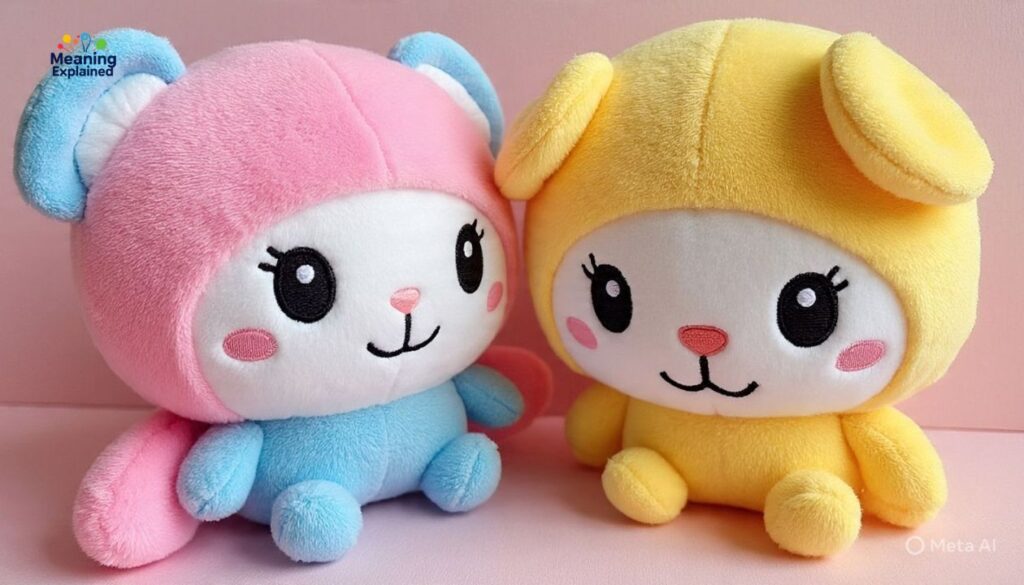
Modern digital communication requires awareness of diverse audiences and platform requirements that affect message reception and content effectiveness.
- Gender-neutral language ensures inclusivity across all audience segments. Use “everyone,” “team members,” or “colleagues” instead of potentially exclusive terms.
- Cultural awareness recognizes that expressions carry different meanings across cultural contexts. What seems enthusiastic in one culture might appear excessive in another.
- Platform appropriateness considers that different digital spaces have varying communication norms and expectations for user interaction.
- Accessibility considerations ensure your language choices work for users with different communication preferences, abilities, and technological access.
8. SEO-Focused Highlights
Effective digital communication extends beyond personal conversations to content creation that reaches broader audiences through search optimization.
- Natural keyword integration maintains readability while improving discoverability. Focus on providing genuine value rather than keyword stuffing.
- Structured content organization helps both readers and search engines understand your message hierarchy and importance.
- Mobile-friendly formatting ensures your communication works across all devices and platforms your audience might use.
- Clear, descriptive headings guide readers through your content while helping search engines understand your message structure.
9. Quick Recap
- OMY typically means “oh my” – a gentle exclamation expressing mild surprise or pleasant reaction in digital communication.
- Context determines appropriateness. Professional situations require different language than casual conversations with friends.
- Tone alternatives include: polite expressions (“How nice”), professional responses (“That’s excellent”), and casual reactions (“So cool”).
- Consider your audience when choosing between formal, informal, warm, or professional language options.
- Platform matters. Email, instant messaging, and social media each have different communication expectations and norms.
- Emotional matching ensures your response appropriately reflects the significance of shared news or information.
Conclusion
Mastering OMY alternatives enhances your digital communication effectiveness across professional and personal contexts. Whether you choose polite acknowledgment, professional recognition, or enthusiastic celebration, matching your response to the situation and relationship creates more meaningful connections.
Your expanded vocabulary of alternatives – from “How wonderful” to “Absolutely incredible” – provides tools for every communication challenge. Remember that authentic responses, appropriate to your relationship and context, always outperform generic reactions.
